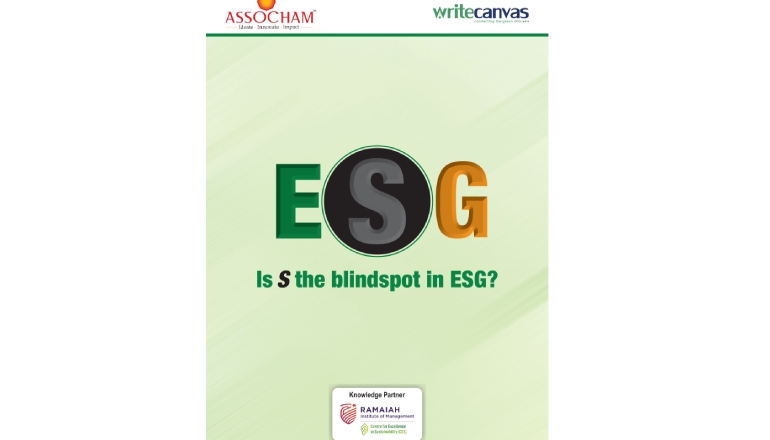We’re excited to announce the release of a concise version of our first research report on ESG (Environmental, Social, and Governance)! The report was unveiled at a recent Assocham webinar in honor of World Environment Day 2024.
With India’s rollout of the Business Responsibility and Sustainability Reporting (BRSR) framework, we recognized a potential gap in how companies address the “S” (social) aspect of ESG. Our research suggests that many organizations are neglecting this critical area or limiting their social efforts to Corporate Social Responsibility (CSR) initiatives.
This led us to delve into the question: Is the Social Factor the Blind Spot in ESG? Our report explores this topic and offers valuable insights.
Interested in learning more?
Download the concise report by clicking below.
https://writecanvas.in/our-templates/
To access the full report, contact us at [email protected].
We believe this research will be a valuable resource for businesses looking to strengthen their ESG practices.

